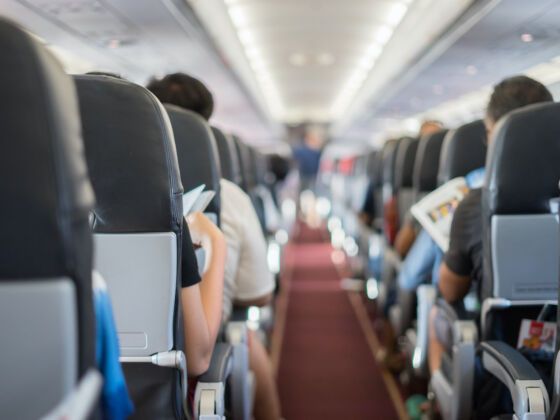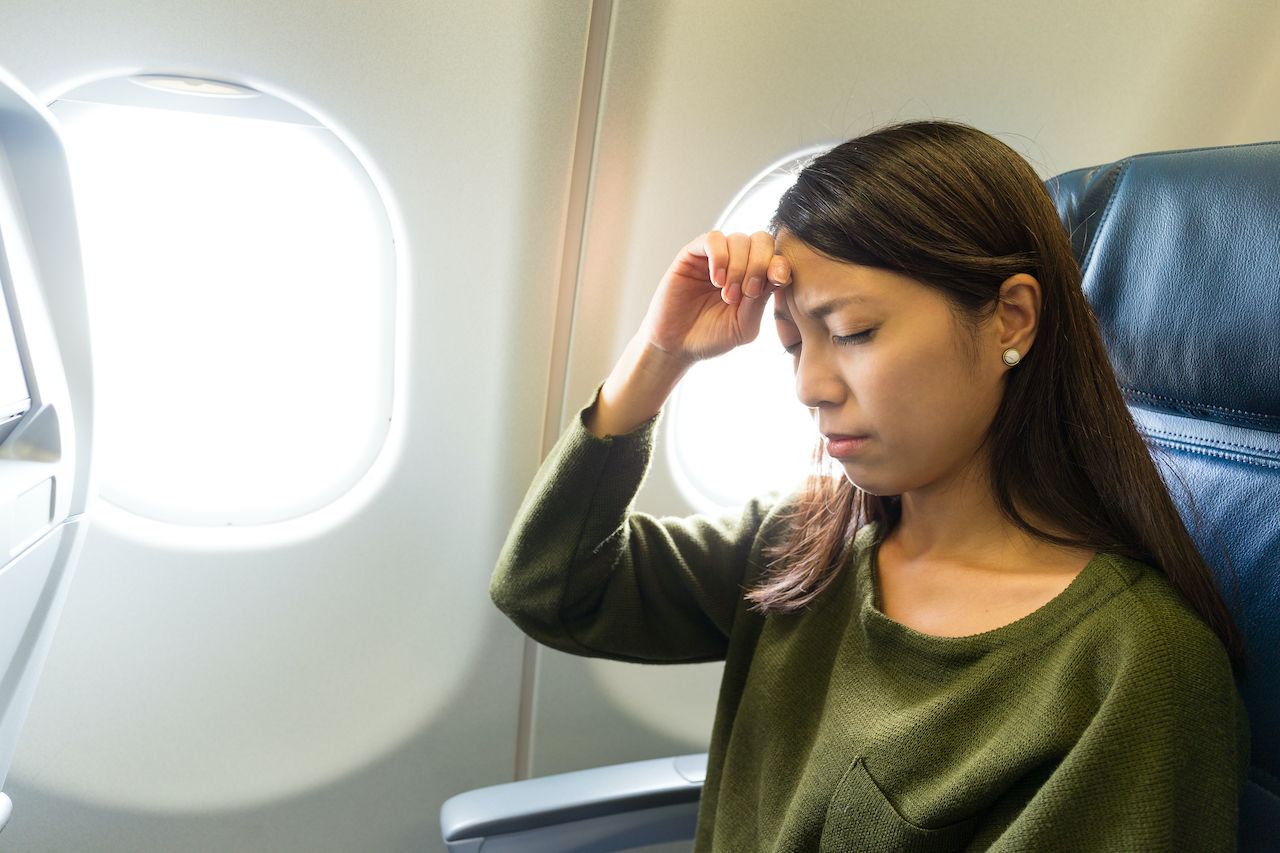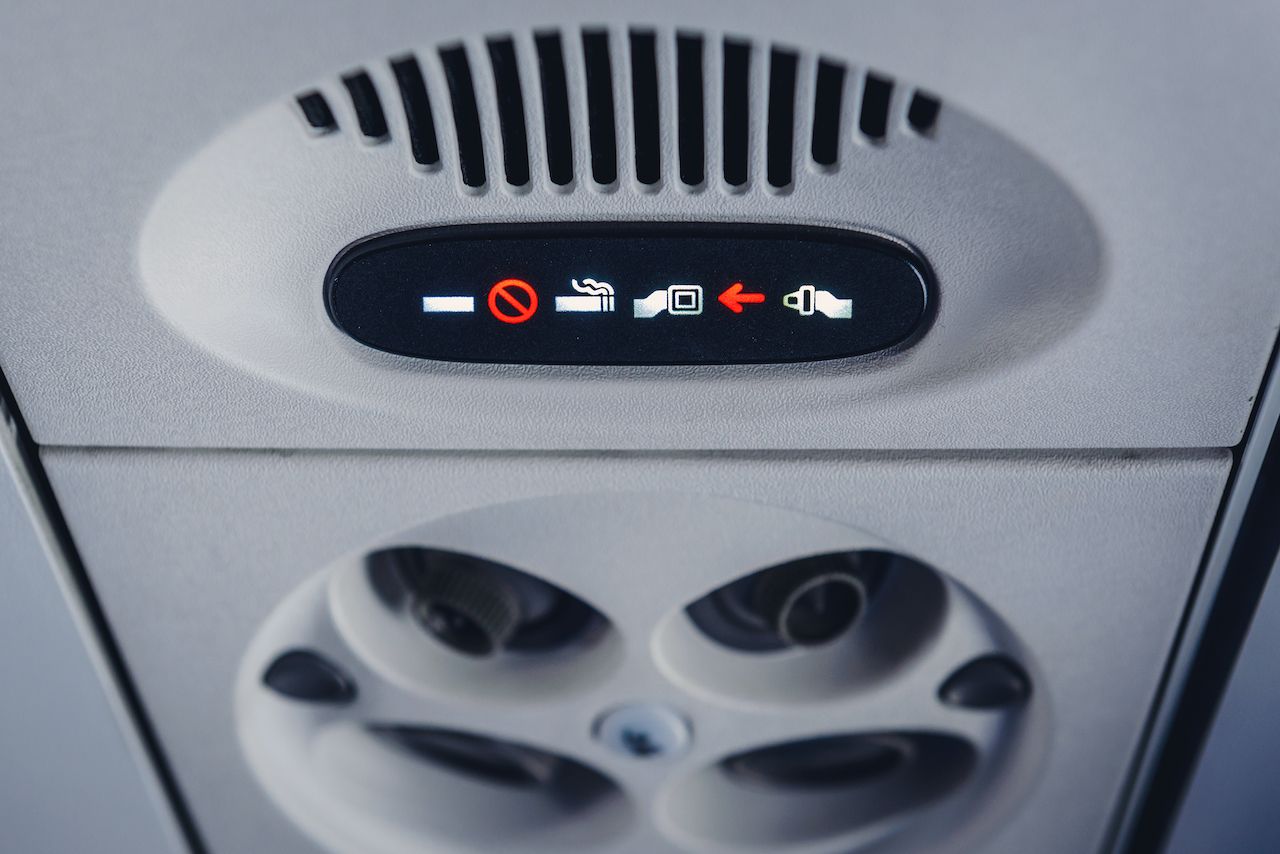“I travel all the time. I know how to handle myself on planes and not be that annoying passenger. Trust me.”
If you’ve ever uttered the above sentence, or something like it, I’ve got news for you: You have been “that annoying passenger.” We all have, and we can’t help it. Planes are cramped, uncomfortable spaces that tap into the darker elements of our human nature: the selfish instinct to put our own needs first while subconsciously turning a blind eye to how our actions impact others.
Many travelers have the best intentions. No one takes their seat thinking, “I can’t wait to fall asleep and drool on this total stranger’s shoulder.” But when the seatbelt sign goes off, flight attendants buckle in, and the next meal service is an eternity away, passengers are left to their own devices and it’s not pretty. Like any recovery process, the first step is identifying the problem. These are the airplane etiquette rules you’re probably breaching without realizing it.


